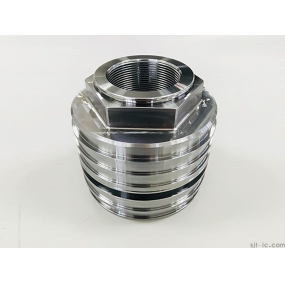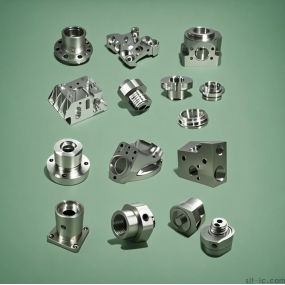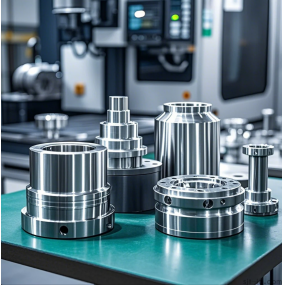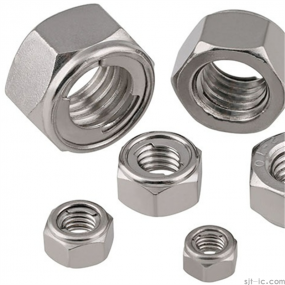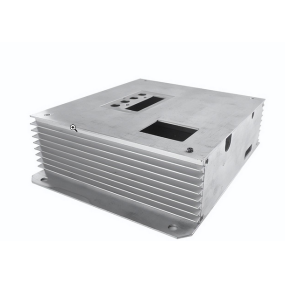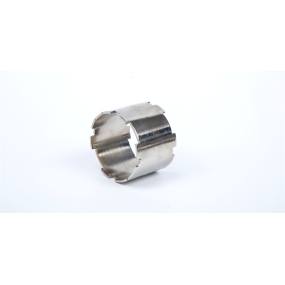Hey there, fellow procurement managers and engineers! 👋 Ever received a request to machine a massive part and immediately thought, "How on earth do I even begin to price this?" You're not alone. Quoting for large CNC work is a whole different beast compared to small, precision components. One wrong calculation, and your project's budget can spiral out of control. Let's break down this complex puzzle together and find a clearer path to an accurate quote. 🧩
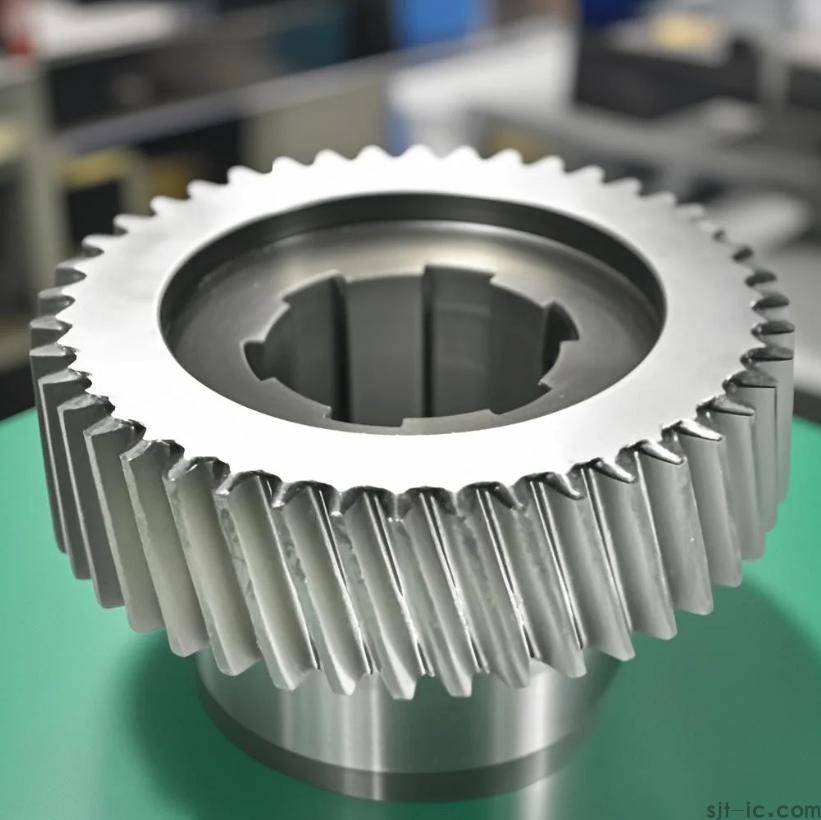
What's the Big Deal with Large Part Pricing Anyway?
First off, why is it so tricky? Small parts are often about volume and speed. But with large parts, it's a game of resource management. We're talking about immense material blocks, machines that are basically rooms by themselves, and setups that can take a full day. The stakes are high, and the variables are many. A small miscalculation in material waste or machine time can mean the difference between profit and loss.
Key Factors That Shape Your Final Quote
So, what exactly goes into the number you finally present? It's not just a random guess. Here are the main players:
1. The Material Monster: This is often the biggest cost. You're not buying a small bar; you're purchasing a giant block of metal. The cost of the raw material itself is one thing, but then you have to consider the buy-to-fly ratio—how much material you buy versus how much ends up as chips on the floor. With large parts, the waste can be staggering.
2. Machine Time & The Elephant in the Room: Large CNC machines, like gantry mills, are incredibly expensive to purchase and run. Their hourly rate is high. The total machining time is crucial, but it's not just about cutting. It includes setup, tool changes, and... well, this is where I have to be honest. The specific power consumption during different cutting cycles is a bit of a blind spot for me; I usually rely on the machine shop's data for that part of the calculation.
3. The Labor of Love (and Logistics): Handling a 2-ton block of aluminum isn't a one-person job. It requires cranes, skilled operators for setup, and meticulous inspection throughout the process. All this manual handling and expertise adds up.
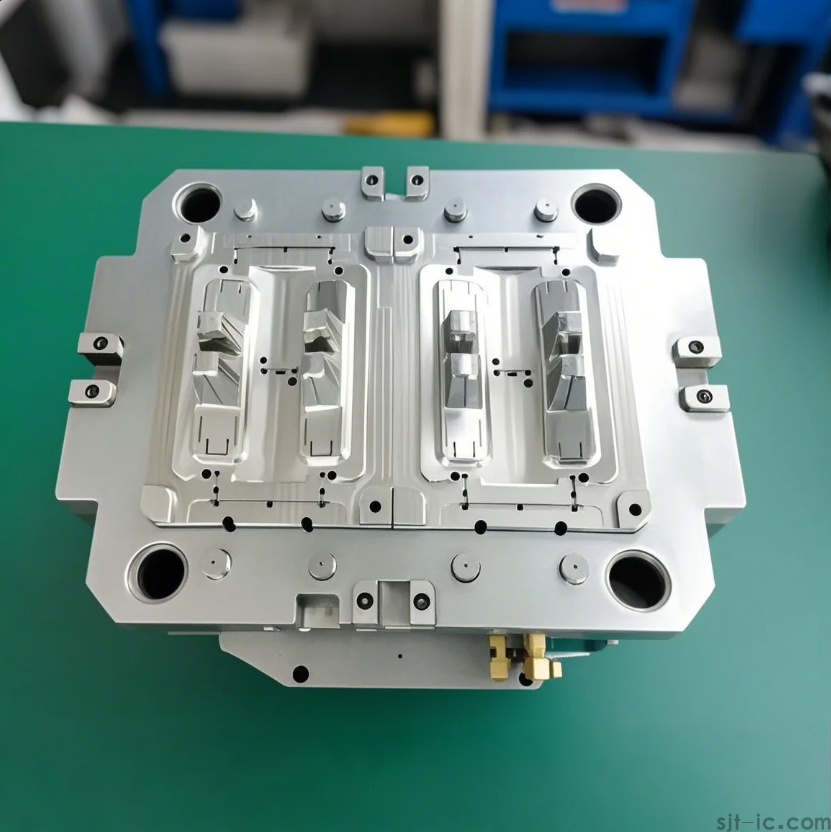
A Step-by-Step Guide to Building Your Quote
Okay, enough theory. How do you actually build the quote? I often use this framework:
▶️ Step 1: Material Cost Calculation. Get the exact dimensions and density of the final part. Then, add a significant percentage (sometimes 50% or more) for waste and clamping allowances. Multiply that volume by the material cost per kilogram.
▶️ Step 2: Machine Time Estimation. This comes from CAM software simulations. It gives you the core machining hours. Then, you must add time for setup, fixturing, and initial proving out of the program. Don't forget to factor in tooling wear and replacement costs.
▶️ Step 3: Add the "Extra" Stuff. This includes surface treatments (like anodizing), post-machining inspection (CMM scanning for large parts is a must), and packaging/shipping. Yes, shipping a pallet-sized part is a cost all by itself!
Common Pitfalls You Absolutely Must Avoid
I've seen too many projects go over budget. Learn from these common mistakes:
❌ Underestimating Setup Time: For a large part, just getting it squared away on the machine bed can take half a day. If you only quote for cutting time, you're already in the red.
❌ Ignoring Material Stress: Large metal blocks can have internal stresses. When you start machining and removing material, these stresses can be released, causing the part to warp or move slightly. This perhaps suggests that you need to include a stress-relief step in your process, which adds time and cost.
❌ Forgetting About Tooling Reach: You might have a perfect toolpath, but if your longest tool can't reach the deepest pocket of your massive part, you've got a problem. This requires special long-reach tools, which are more expensive and less rigid, potentially increasing machining time.
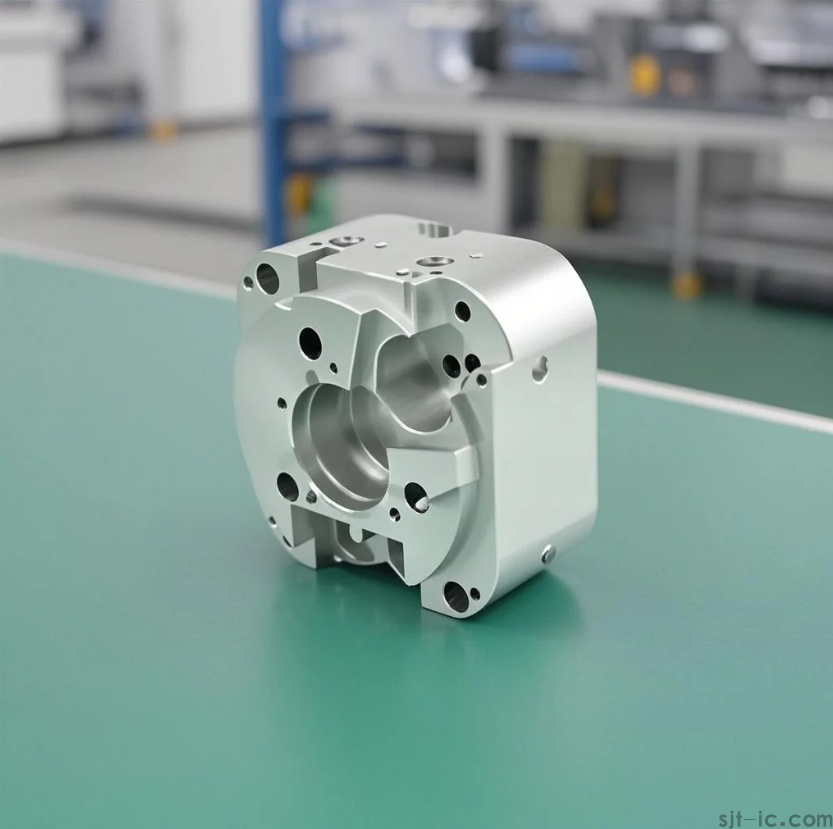
My Personal Take: It's More Than Just Math
After years in this field, here's my two cents. Quoting large parts is as much an art as it is a science. You're not just selling machine time; you're selling problem-solving capability. A slightly higher quote from a shop that has proven experience with large, complex components is almost always better than a lowball quote from a general-purpose shop. However, having said that, the pressure to be cost-competitive is real, especially for standard large brackets or plates. The key is transparency—breaking down your quote so the client understands exactly what they are paying for. This builds trust and turns a one-time transaction into a long-term partnership. 🤝
Final thought: Always, always include a contingency factor (I usually add 10-15%) for the unknowns. Because with large-scale CNC Machining, the unknowns love to show up uninvited.


 Spanish
Spanish Arabic
Arabic French
French Portuguese
Portuguese Belarusian
Belarusian Japanese
Japanese Russian
Russian Malay
Malay Icelandic
Icelandic Bulgarian
Bulgarian Azerbaijani
Azerbaijani Estonian
Estonian Irish
Irish Polish
Polish Persian
Persian Boolean
Boolean Danish
Danish German
German Filipino
Filipino Finnish
Finnish Korean
Korean Dutch
Dutch Galician
Galician Catalan
Catalan Czech
Czech Croatian
Croatian Latin
Latin Latvian
Latvian Romanian
Romanian Maltese
Maltese Macedonian
Macedonian Norwegian
Norwegian Swedish
Swedish Serbian
Serbian Slovak
Slovak Slovenian
Slovenian Swahili
Swahili Thai
Thai Turkish
Turkish Welsh
Welsh Urdu
Urdu Ukrainian
Ukrainian Greek
Greek Hungarian
Hungarian Italian
Italian Yiddish
Yiddish Indonesian
Indonesian Vietnamese
Vietnamese Haitian Creole
Haitian Creole Spanish Basque
Spanish Basque

